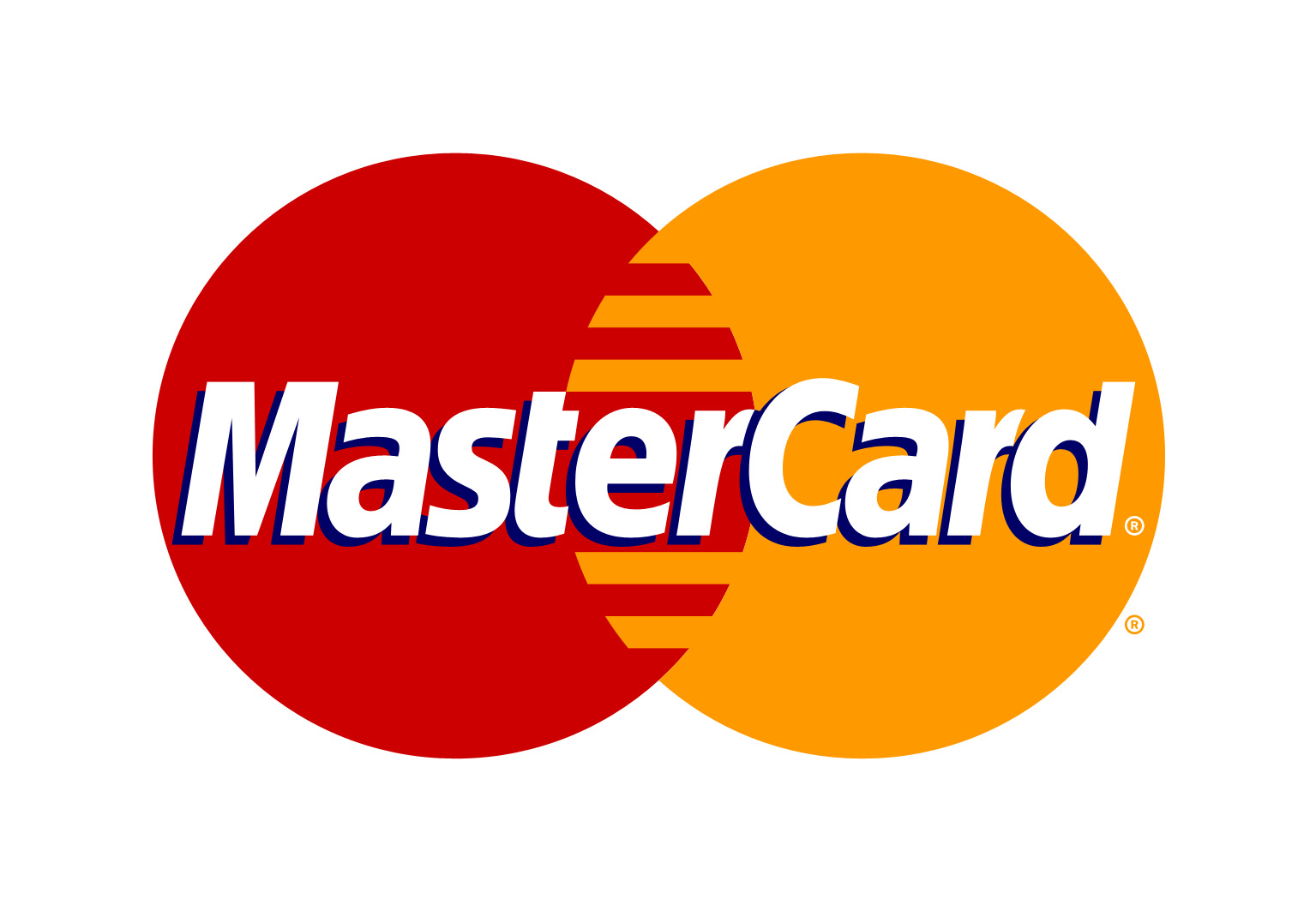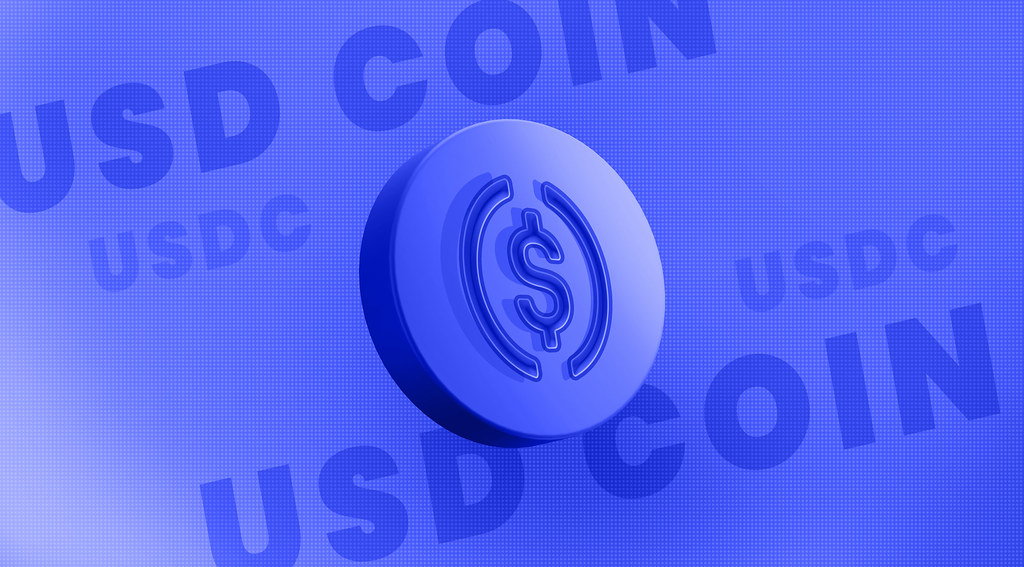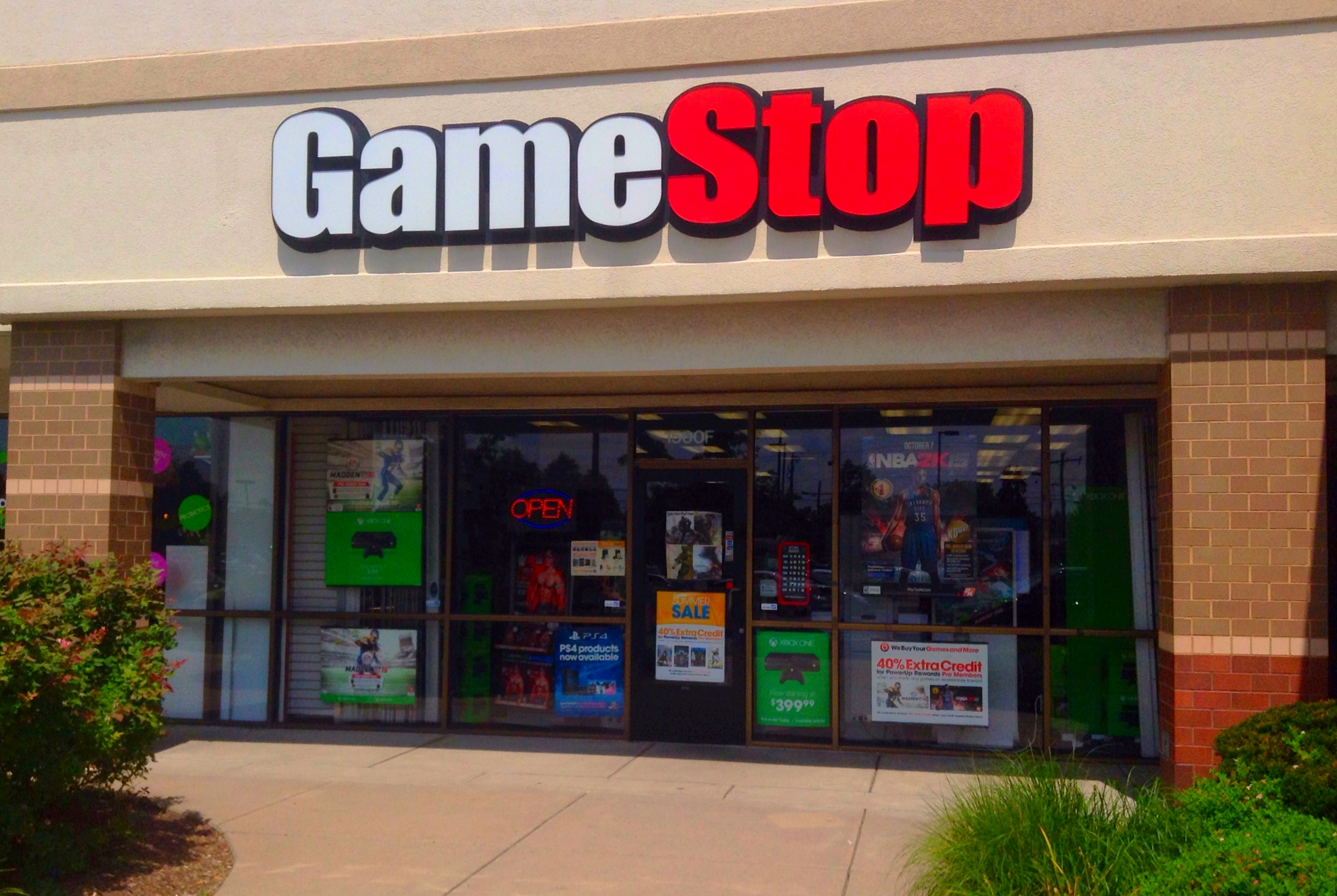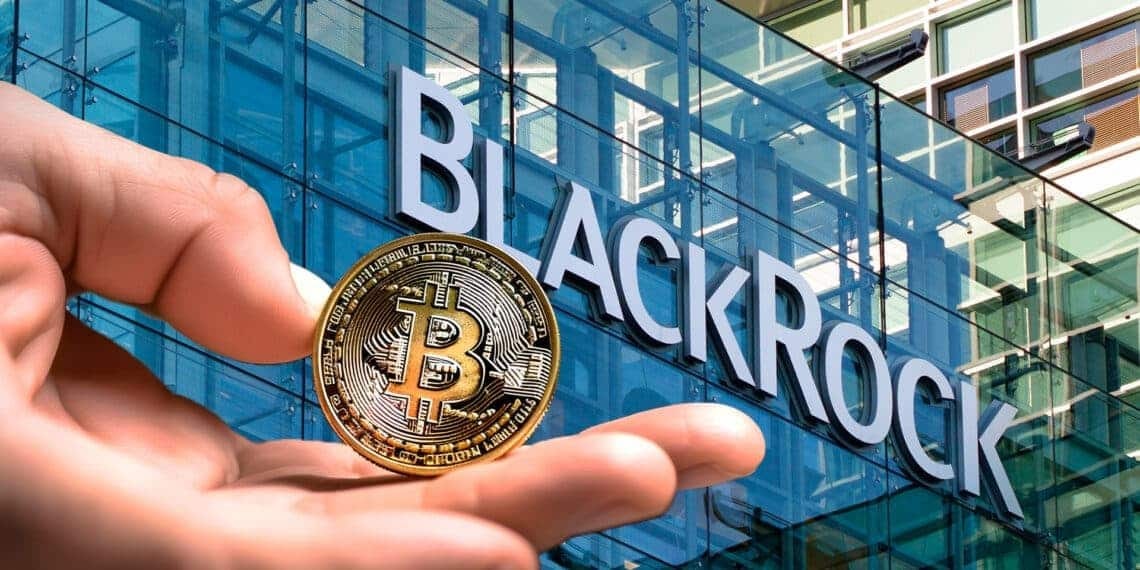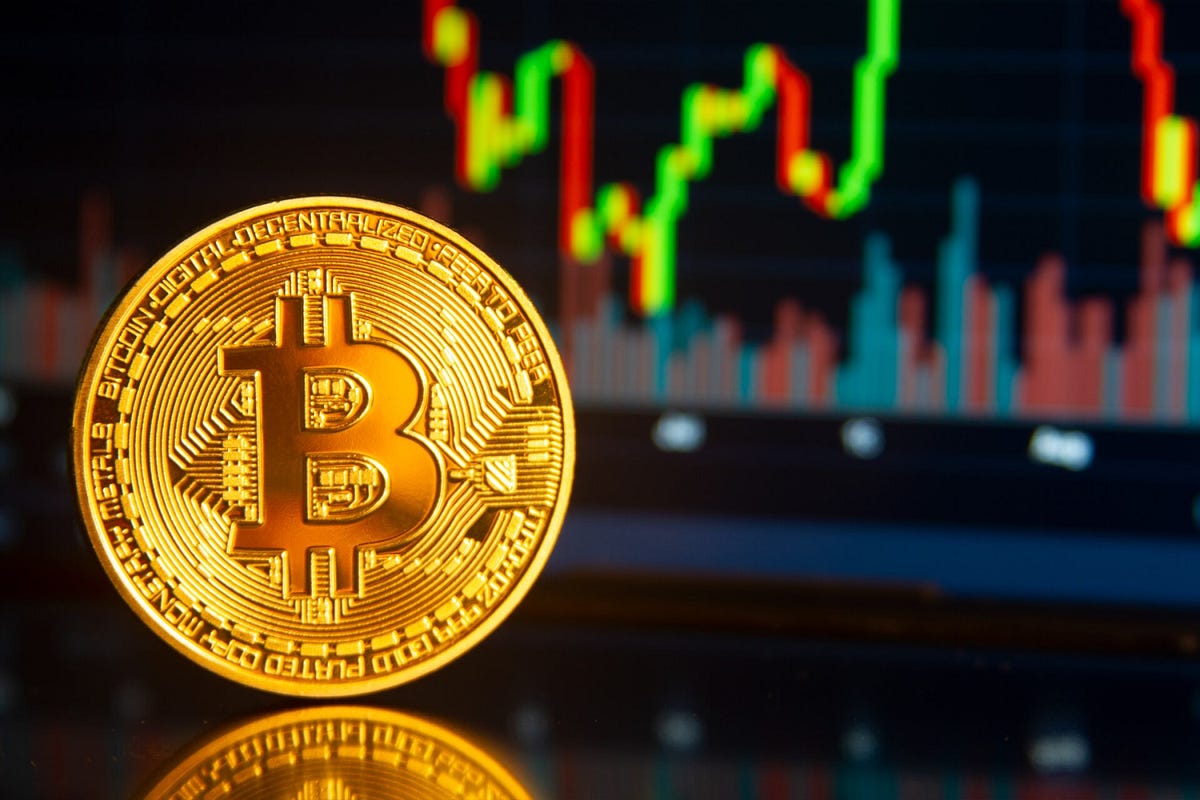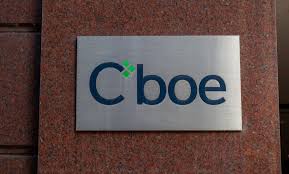PayPal just fired a massive shot across the bow of traditional payments. By announcing support for 100 cryptocurrencies in merchant payments, the fintech giant is signaling that crypto isn’t just an asset class anymore — it’s becoming mainstream money.
🔑 Key Points & Analysis
1. Covering 90% of the crypto market by value
PayPal’s integration includes Bitcoin (BTC), Ethereum (ETH), Solana (SOL), XRP, and Tether (USDT) among others. Together, these tokens represent nearly the entire active crypto economy. For merchants, this means customers can pay in almost any major coin they hold — no more conversion hassles.
2. 0.99% transaction fee — a credit card killer?
Credit card fees are notorious, often eating into 2–3% of sales. PayPal’s 0.99% fee slashes that by nearly 90%. For small businesses and global merchants, this is a game-changer. Expect many to re-route payments away from traditional processors if this sticks.
3. A natural next step after PYUSD stablecoin success
PayPal launched its PYUSD stablecoin in 2023, now boasting a nearly $1 billion market cap. That rollout was a testbed for integrating digital assets. Now, they’re scaling it into payments on a global stage — leveraging both their stablecoin and wider crypto coverage.
4. Cross-border commerce unlock
PayPal CEO Alex Chriss made it clear: this isn’t just about payments, it’s about breaking barriers in global commerce. International fees and settlement delays have long been pain points for merchants. Crypto integration could reduce reliance on banks and unlock faster, cheaper, borderless payments.
5. US-first — global later?
The announcement specifies US merchants only for now. That’s a strategic move — testing the waters in the world’s largest consumer market before going international. The next big question: when will Europe, Asia, and Latin America get access?
🚀 Bottom Line
PayPal is cementing itself as a crypto-native payments powerhouse. With 100 cryptocurrencies, near-zero fees, and stablecoin backing, it’s bridging the gap between traditional finance and the blockchain economy. If adoption takes off, this could reshape how merchants and consumers transact worldwide
Disclaimer: Parts of this article were generated with the assistance from AI tools and reviewed by our editorial team to ensure accuracy and adherence to our standards.

